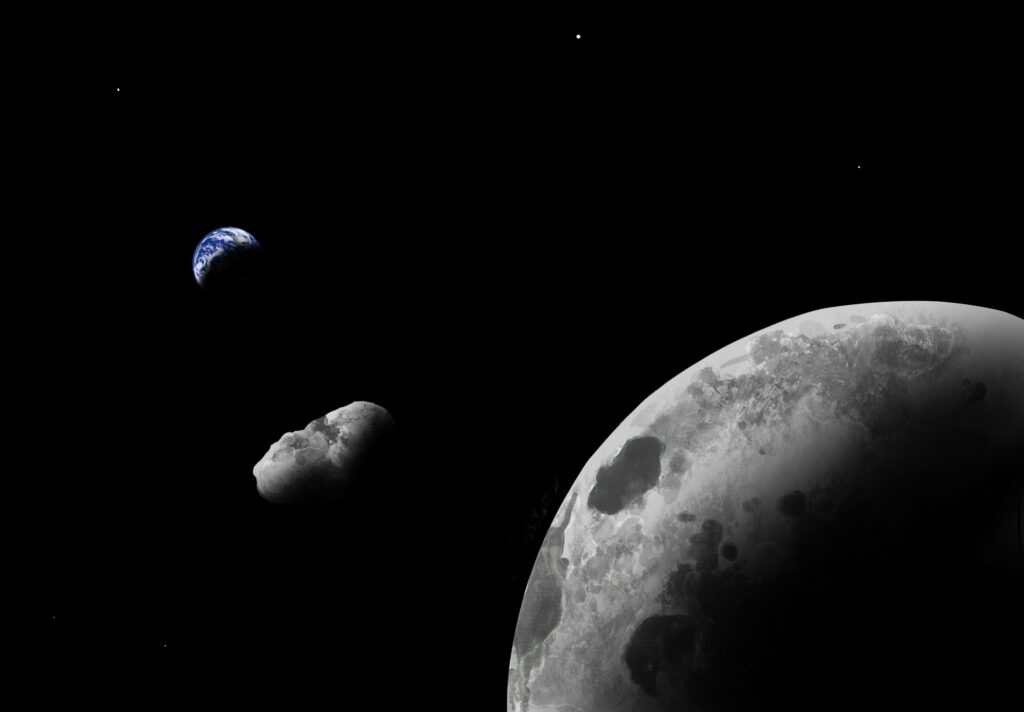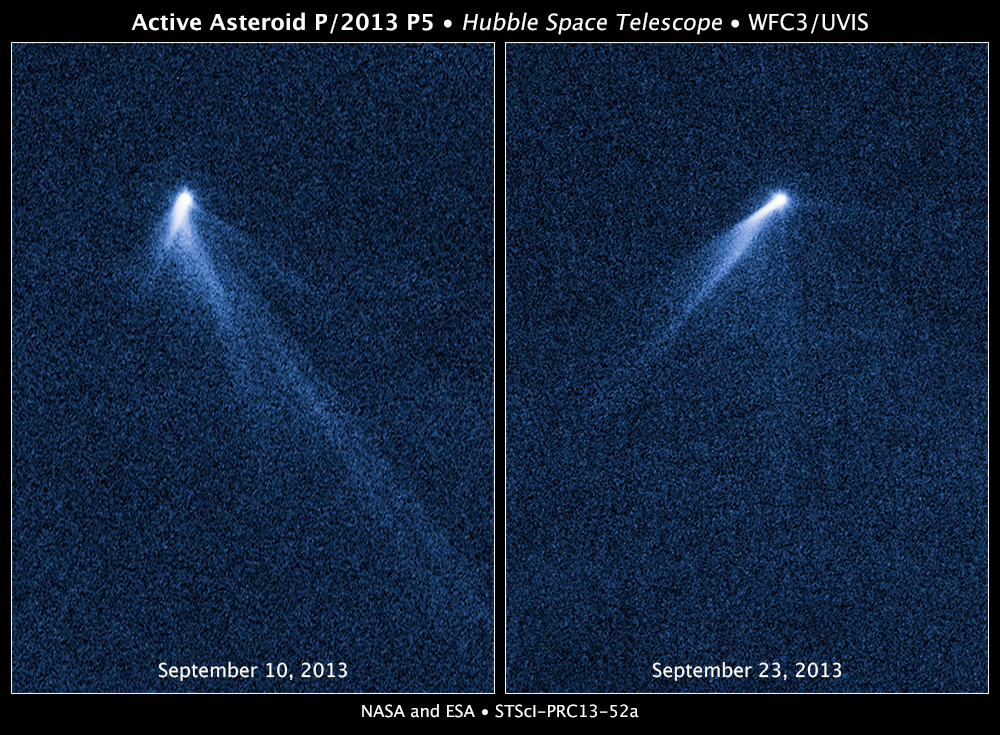The Chinese mission “Tianwen-2”, also known as “ZhenHge”, which is going to deliver a sample of asteroid matter to Earth, has entered the phase of construction and testing of components. It will be launched in 2025. This was announced in an interview with Chinese television by Zhang Rongqiao, one of the designers of the Tianwen-1 spacecraft.
The target of “Tianven-2” is an asteroid (469219) Kamoalev. It is a quasi-satellite of the Earth. It is the name of objects that have an orbital resonance of 1: 1 with our planet, which allows them to stay close to it for many orbital periods. The diameter of Kamoalev is from 45 to 60 meters. According to some speculations, it may be a fragment knocked out of the moon’s surface as a result of a powerful collision.

After approaching the asteroid, the Chinese spacecraft will try to gain a foothold on its surface using four robotic arms. After sampling, the probe will “depart ” from the asteroid and make a maneuver that will send it back to the Earth. Reaching our planet, Tianwen-2 will drop a capsule with collected samples.
But this is not the end of the mission. According to the developers, “Tianwen-2” will use Earth’s gravity to move to Mars. In turn, near the Red Planet, the spacecraft will perform another gravitational maneuver that will direct it to the 311P / PANSTARRS object. This is a very unusual celestial body. The 311P / PANSTARRS orbit is in the Asteroid’s Main Belt, but it has comet-like tails. According to scientists, they are a stream of material dispersed from the surface of 311P / PANSTARRS as a result of its rapid rotation. Tianwen-2 should confirm or refute this theory.

At the moment, the launch of “Tianwen-2” is scheduled for 2025. In total, this mission will last ten years. It will take three years to collect and deliver to Earth a sample of the substance of the asteroid Kamoalev, and the flight to 311P / PANSTARRS is going to take another seven years.
Follow us on Twitter to get the most interesting space news in time
https://twitter.com/ust_magazine

